Everything You Need To Know About Completing a Virtual Triathlon
CapTex Tri went virtual this year, and while we know that’s not ideal, that sure didn’t stop these two from accomplishing their tri goals! The best part about a virtual triathlon: you complete it at your pace, on your time. These die-hard triathletes were determined to complete the Virtual CapTex Triathlon or Duathlon anyways, and did just that! While their approach was different, Joey did the whole thing in one day and John did it pieced together, it’s fine to do a virtual triathlon/duathlon either way. Keep reading to see how much they enjoyed their Virtual CapTex Tri experience, and hopefully you’ll be inspired to join in on Virtual races when you can!
Joey Trimyer’s Virtual CapTex Tri Journey
I wasn’t planning on doing the CapTex virtual race because my hip has been bothering me for a while. On Thursday, I saw my doctor he ordered x-rays and prescribed a round of steroids for the inflammation. I hadn’t had the x-rays yet and the steroids hadn’t had time to take effect, but when I got an email promising homemade pickles if I took the challenge and wrote a report I was in.
Sunday afternoon I loaded my gear and drove over to Govalle Park. I like doing multisport workouts here because there are several flat running routes to choose from and you are right at the head of the Walnut Creek trail.
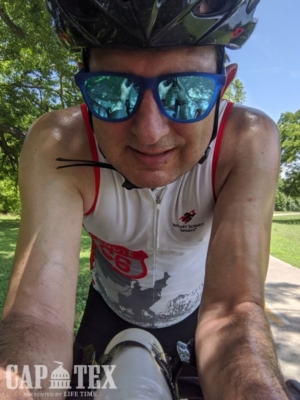
Joey’s Game Plan
My plan was to do the sprint du: 2 mile run, 13.3 mile bike and a 3.1 mile run.
The first run was uneventful. It was super humid and I did not enjoy running in air you could eat with a fork, but then I had waited until the afternoon so I got what I deserved. There was a decent amount of walking and my hip definitely started complaining, but I got it done and got my bike ready to ride.
12.3 miles on the bike went by fairly easily. I just rode along and didn’t worry about pace. The Walnut Creek Trail is a nice out and back and I got to turn around right before the big hill which is always a good thing. One drawback to delaying until the afternoon is that you tend to encounter more cyclists and hikers clogging the path, but overall, the congestion was minimal.
The final 5k involved more jogging and walking than I would have liked, but again I got it done. Virtual events hadn’t ever really appealed to me, but given the circumstances, it was nice to have a little motivation to get out and be active.
John Chung’s Virtual CapTex Tri
I decided to change things up a bit for CapTex Tri virtual, instead of scheduling a dedicated workout for each of the disciplines of the virtual tri and go as hard as I can, I would incorporate them into my normal weekly workouts. The time would be slower but it would be interesting to see by how much of a difference.
John’s Strategy
First Run
I chose the sprint duathlon option, a distance that would easily be incorporated into my weekly workout schedule. For the first 2 mile run, I timed it during my Tuesday morning run. The workout was a Fartlek workout. After the warmup, we went straight into the interval. We start with the effort level around half marathon, gradually increasing it as the interval becomes shorter. Time for the 2 miles was 16:25. 
Bike Ride
The bike portion was timed during a ride out to see my co-worker son’s graduation parade. The ride was through town on neighborhood streets, with red lights and stop signs. I was amazed at how much time I spent waiting and not moving. My “moving” time for the 12.3 miles was a bit over 47 minutes, total time on the bike was more than 1 hour. I spent roughly 15mins or ⅓ of the time sitting at lights or stop signs not moving.
Final Run
For the final 3.1 mile run, the time was from my weekly longish run. The run was an out and back at 9ish total miles. Since I don’t own a GPS watch, I mapped out online the section of the run to figure out the start and stop of the 3.1 miles. Time was measured for both the out and the back, and it was within minutes of each other. I was pleased with the effort considering the out was downhill and the back was uphill. The 3.1-mile time was a bit over 24 minutes.
It was fun to mix in some higher effort intervals into my routine workout to mix it up a bit and keep it interesting.
Go Virtual, Join the Fun!
As you can see, these guys made the most of their time during their virtual tri. After all, it’s a fun way to switch up your fitness routine. Also, a fun challenge if you’re for a new way to get out and be active. Since a virtual tri is completed on your own time, at your own pace, the level of intensity is all up to you. If you participated in the Virtual CapTex Tri this year, tell us about it! We’re on Instagram, Facebook, and Twitter or tag us at #CapTexTriVirtual. We would love to hear about your experience!

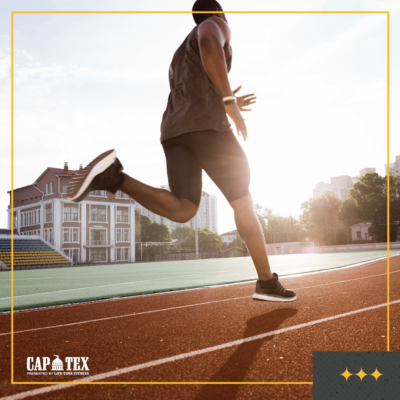 Additional Tips
Additional Tips
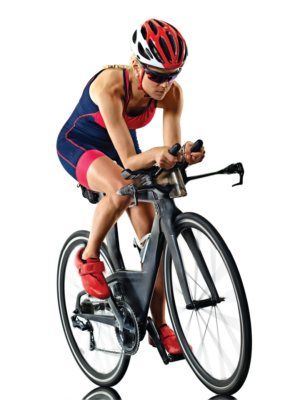
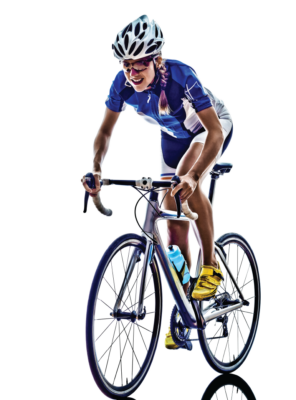
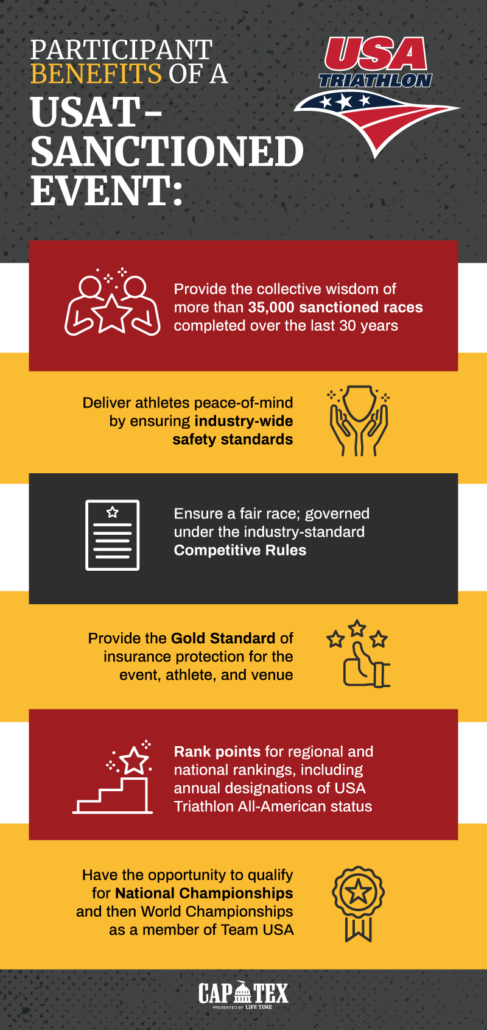


 Adding a warm-up and cool down into your fitness routine is a simple, yet proven way to maximize your benefits when working out. The warm-up gives your body a chance to prepare for your session while the cool-down then helps you focus on slowing your breathing and return to your normal heart rate. Rather than seeing it as an optional part of your workout, think of warming up and cooling down as part of your session to get the most out of all the hard work you’ve put in!
Adding a warm-up and cool down into your fitness routine is a simple, yet proven way to maximize your benefits when working out. The warm-up gives your body a chance to prepare for your session while the cool-down then helps you focus on slowing your breathing and return to your normal heart rate. Rather than seeing it as an optional part of your workout, think of warming up and cooling down as part of your session to get the most out of all the hard work you’ve put in!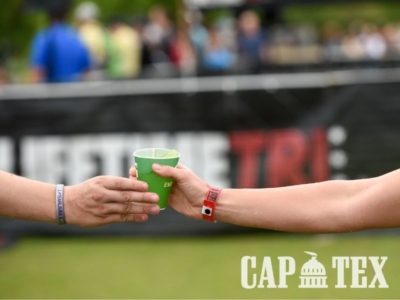

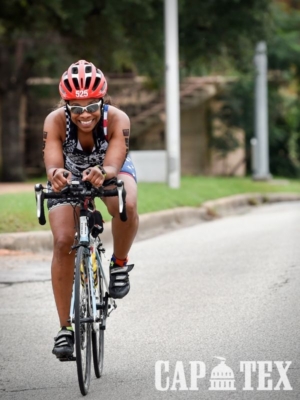
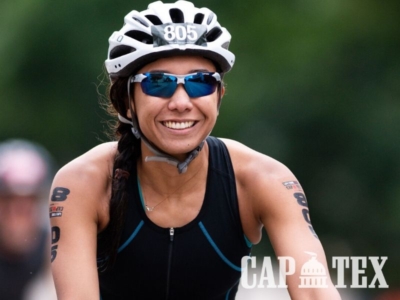 Clearer view
Clearer view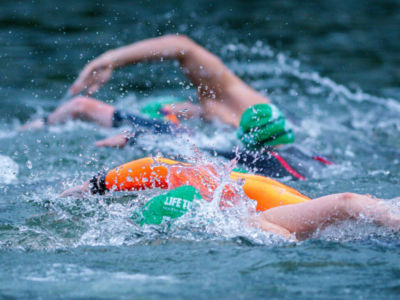
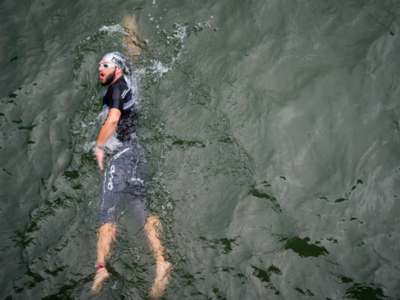 2 x 25 over-exaggerated flutter kick (with kickboard)
2 x 25 over-exaggerated flutter kick (with kickboard)